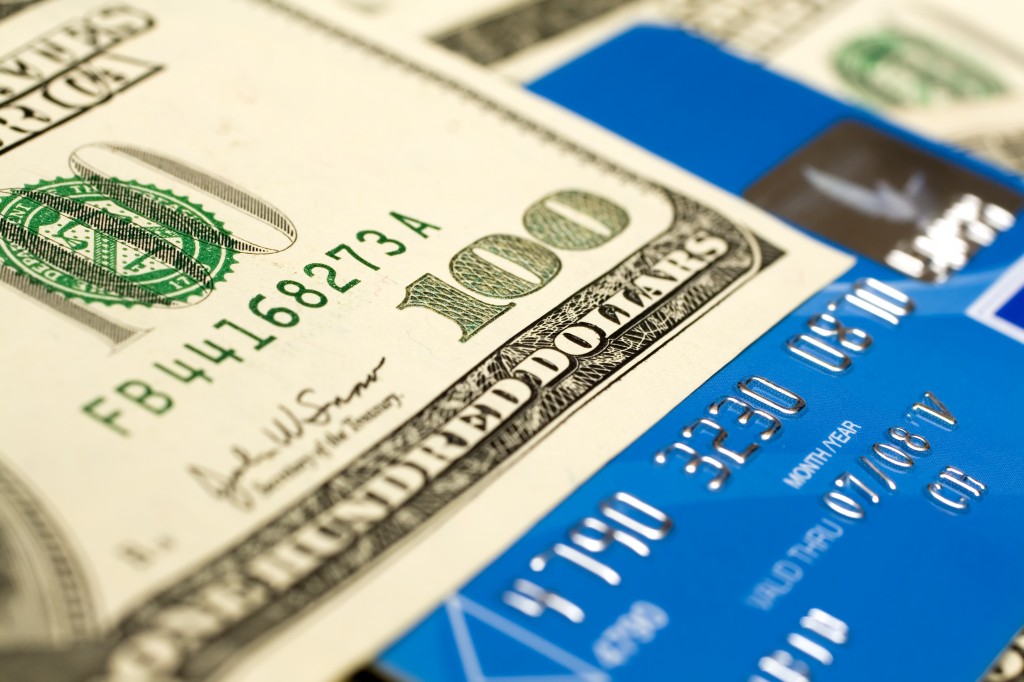Use Financial Discipline and Personal Resolve to Rein In Spending
Without active measures balancing household spending, you may experience cash flow inconsistencies at home. One uncomfortable condition occurs when spending overshadows personal income, creating imbalance and subsequent financial turmoil. And although occasional short-term difficulties are a natural part of personal money management, hedging against financial distress creates a more consistent, stable cash flow, increasing your financial security. With so many demands straining your personal budget, what can you do to protect your financial interests?
Money saving strategies abound, pointing to individual cost cutting measures you can use to decrease spending. Perhaps more important than these singular tips, are the frugal philosophies behind them, used in countless households to keep costs under control.
Proven Measures Keep Costs in Check
Each circumstance is unique, so finding your way financially requires a comprehensive look at your personal monetary goals and the resources available, helping you achieve them. Cutting discretionary entertainment spending, for example, may yield substantial savings within one person’s budget, while it has little influence over that of another individual. Similarly, financial planning for one family might include a future home purchase, even as owning property is unimportant to another personal money manager. In each case, custom solutions are required, but these particulars aside; some personal finance principles can be applied across the board. As you work to establish your own version of financial security, use these universal measures to guide your personal finances.
Learn to Say “No” – Loose financial management can have drastic consequences, when irresponsible spending catches up with your inability to pay. To avoid the inevitable financial pinch, effective money managers develop discipline, making calculated spending decisions.
Impulse shopping is typically ill-advised, resulting in purchases you may second-guess later-on. Instead of jumping in with a prompt purchase, it pays to wade-in to spending, ensuring prudent assessments are made. Social spending can also grow unreasonable, as good times overshadow financial resources. So while dining out and attending events are just rewards for a job well done, it is important to balance leisure spending with personal affordability. Luxury buys are another common culprit, creating unsustainable cash flow conditions for those without the resources to pay for extravagant items. In each of these cases, saying “No” yields better results than falling prey to runaway spending.
Pay as You Go – Modern credit convenience enables buyers to acquire goods with the swipe of a card or a signature promise. Unfortunately, the practice of using credit cards and other forms of financing can lead to problems, when balances climb beyond manageable levels.
Use Cash at the Point of Sale – Budgeting is straightforward when spending is limited to cash on hand. Carrying a designated sum, within your means, ensures you won’t overreach with credit card purchases.
Borrow Only What You Need – In order to keep finance spending as low as possible, borrow only the amount needed.
Secure the Best Available Terms – When financing is required, securing agreeable terms eases the cost of borrowing. To get the best rates, use online resources like Readies to compare loans from multiple providers.
Conserve – Correcting cash flow imbalance relies on two distinct solutions: Lower spending and increased income. And since wages are set in advance, cutting costs can be a faster path to financial stability than increasing your take-home pay.
The benefits of conservation are felt immediately, saving families money in several distinct areas. The philosophy is successfully applied for savings in these common categories:
Energy – Utility bills account for a substantial piece of a typical monthly family budget, so controlling energy costs pays dividends you can direct toward other expenses. Heating and cooling bills, water usage and the cost of powering electronics represent key areas for shaving costs.
Food – Kitchen waste adds-up to money down the drain, when food costs are inflated by uneaten food. Menu planning, coupon clipping and in-store discipline are sure-fire tactics for better food cost management.
Fuel – The cost of staying on the road includes car insurance, maintenance and repairs. With the legitimate costs of driving already taxing your financial ledger, the last thing you need is overblown fuel spending. Plot your travels with economy in mind, making efficient trips and sharing rides whenever possible.
Financial comfort and stability result from pointed efforts, controlling spending and sustaining manageable cash flow. For the best results, devote yourself to conservation and sensible spending, making wise borrowing decisions when outside financing is required.





